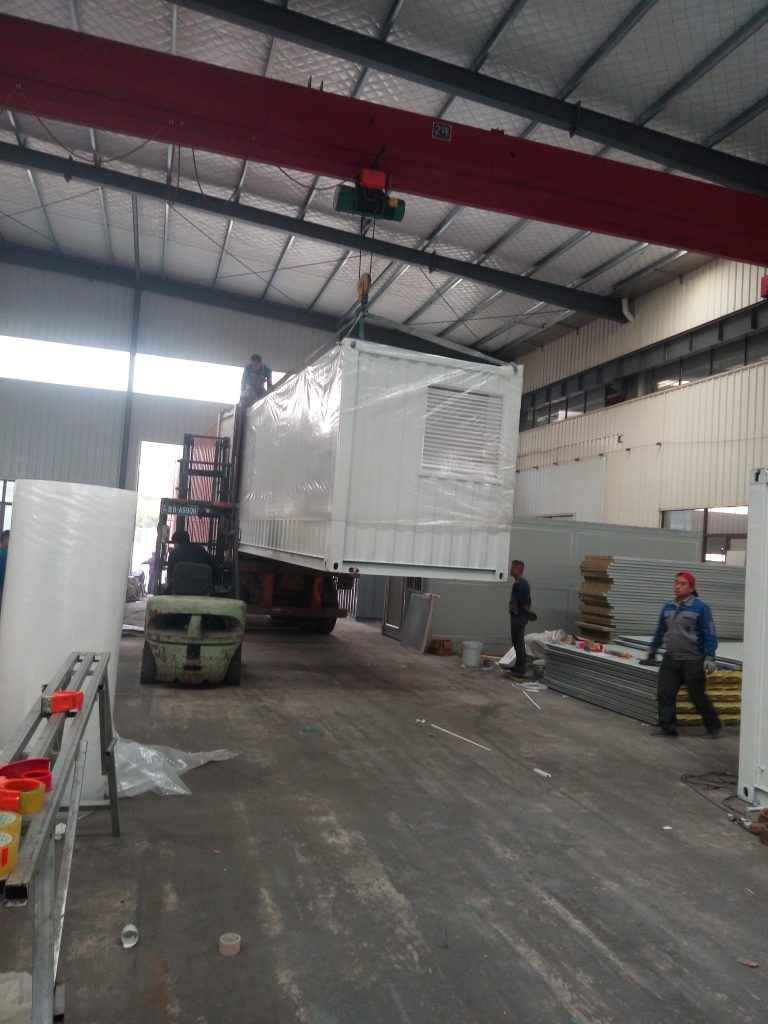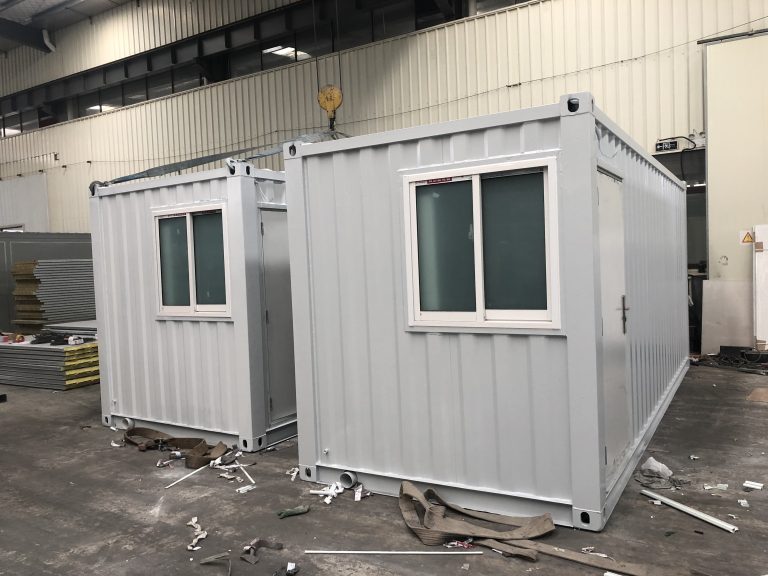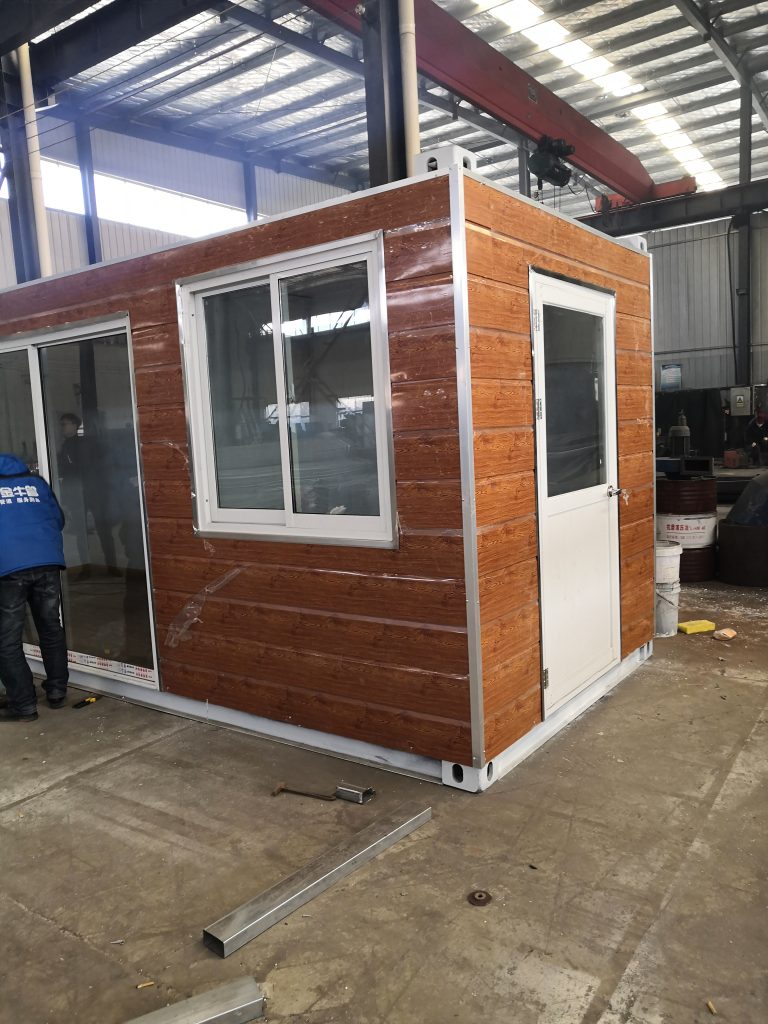Supply chain optimization and logistics management of steel structure industry
Table of Contents
Strategies for Improving Efficiency in Steel Structure Supply Chain Management
The steel structure industry plays a crucial role in various sectors such as construction, infrastructure, and manufacturing. With the increasing demand for steel structures, it has become imperative for companies in this industry to optimize their supply chain and logistics management to improve efficiency and reduce costs. In this article, we will discuss strategies for enhancing supply chain optimization and logistics management in the steel structure industry.
One of the key strategies for improving efficiency in supply chain management is to streamline the procurement process. This involves identifying reliable suppliers, negotiating favorable terms, and establishing strong relationships with them. By working closely with suppliers, companies can ensure timely delivery of raw materials and components, reduce lead times, and minimize inventory holding costs.

Another important aspect of supply chain optimization is inventory management. Companies in the steel structure industry must strike a balance between maintaining sufficient inventory levels to meet customer demand and avoiding excess inventory that ties up capital. Implementing inventory management systems and using forecasting techniques can help companies better predict demand and optimize inventory levels.
In addition to procurement and inventory management, transportation and logistics play a critical role in the supply chain of the steel structure industry. Efficient transportation of raw materials, components, and finished products is essential to meet customer deadlines and reduce costs. Companies can achieve this by optimizing transportation routes, consolidating shipments, and leveraging technology such as GPS tracking and route optimization software.
Furthermore, warehousing and distribution are key components of logistics management in the steel structure industry. Companies must ensure that their warehouses are strategically located, well-equipped, and efficiently managed to facilitate the storage and distribution of products. Implementing warehouse management systems and adopting lean principles can help companies improve warehouse operations and reduce costs.
Moreover, collaboration and communication are essential for effective supply chain optimization and logistics management in the steel structure industry. Companies must work closely with suppliers, customers, and logistics partners to share information, coordinate activities, and resolve issues in a timely manner. By fostering collaboration and communication, companies can enhance visibility, transparency, and efficiency across the supply chain.
In conclusion, supply chain optimization and logistics management are critical for the success of companies in the steel structure industry. By implementing strategies such as streamlining procurement, optimizing inventory, improving transportation, and enhancing warehousing, companies can improve efficiency, reduce costs, and gain a competitive edge in the market. Collaboration and communication are also key to building strong relationships and ensuring smooth operations across the supply chain. By focusing on these strategies, companies can enhance their supply chain and logistics management practices and achieve sustainable growth in the steel structure industry.
The Role of Technology in Optimizing Logistics for Steel Structure Industry
The steel structure industry plays a crucial role in various sectors such as construction, infrastructure, and manufacturing. With the increasing demand for steel structures, companies in this industry are constantly looking for ways to optimize their supply chain and logistics management to improve efficiency and reduce costs. One of the key factors that can help achieve this goal is the integration of technology into the supply chain and logistics processes.
Technology has revolutionized the way businesses operate, and the steel structure industry is no exception. By leveraging technology, companies can streamline their supply chain operations, improve visibility and transparency, and enhance communication and collaboration with suppliers and customers. One of the most significant benefits of technology in logistics management is the ability to track and monitor shipments in real-time, allowing companies to identify potential issues and take proactive measures to address them.
One of the technologies that have been widely adopted in the steel structure industry is the use of transportation management systems (TMS). TMS software allows companies to optimize their transportation routes, reduce transportation costs, and improve delivery times. By integrating TMS into their logistics processes, companies can automate the planning and execution of shipments, track shipments in real-time, and analyze transportation data to identify areas for improvement.
Another technology that is transforming logistics management in the steel structure industry is warehouse management systems (WMS). WMS software helps companies optimize their warehouse operations, improve inventory accuracy, and increase efficiency. By using WMS, companies can automate warehouse processes, track inventory levels in real-time, and optimize warehouse layout and storage space utilization.
In addition to TMS and WMS, companies in the steel structure industry are also leveraging other technologies such as RFID, IoT, and AI to optimize their supply chain and logistics management. RFID technology allows companies to track and trace products throughout the supply chain, improve inventory accuracy, and reduce the risk of theft and counterfeiting. IoT devices such as sensors and beacons enable companies to monitor the condition of products during transportation, track the location of assets, and optimize supply chain processes.
Artificial intelligence (AI) is another technology that is revolutionizing logistics management in the steel structure industry. AI-powered algorithms can analyze vast amounts of data, predict demand, optimize inventory levels, and automate decision-making processes. By using AI, companies can improve forecasting accuracy, reduce stockouts and overstocking, and optimize supply chain operations.
Overall, the integration of technology into supply chain and logistics management is essential for companies in the steel structure industry to stay competitive and meet the growing demands of customers. By leveraging technologies such as TMS, WMS, RFID, IoT, and AI, companies can optimize their supply chain operations, improve efficiency, reduce costs, and enhance customer satisfaction. As technology continues to evolve, companies in the steel structure industry must continue to innovate and adapt to stay ahead of the competition.







